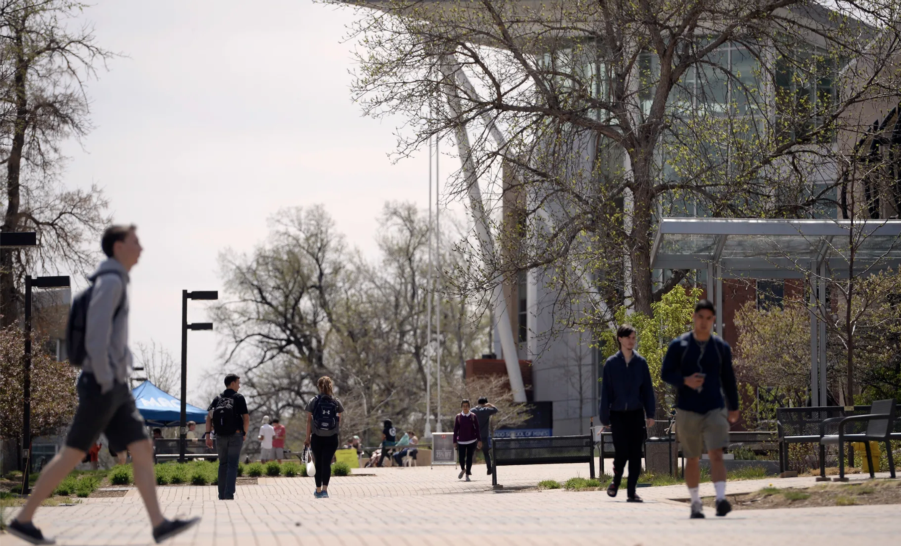Three Ideas for Post-Coronavirus Educational Recovery
There are many ways that schools can proactively address the inevitable and inequitable gaps caused by coronavirus-related school closures.
Bell et al. / Education Sciences / February 2022

Before COVID-19, digital divide research among college students was scarce, reinforcing the idea that technology access was nearly universal, with few demographic differences. Pandemic-era research found some technical challenges, but most studies were conducted nationally or at research-intensive (R1) universities, indicating a paucity in research among underrepresented populations, notably Hispanic-Serving Institutions (HSI). This mixed-methods study aimed to assess digital inequities and pandemic-related technological challenges at an HSI, with high percentages of low-income and first-generation students. This study also sought to determine if findings were consistent with national and R1 research. The authors surveyed a representative sample of 2188 undergraduates and conducted semi-structured interviews with 26 students. Results showed many students had inadequate technology. Just 79% had the optimal combination of smartphone plus laptop or desktop, with first-generation, low-income, Black, and older students significantly less likely to have this combination and often having to share devices within their households. Internet quality significantly affected all coursework-related challenges, as almost half of students with unstable internet reported trouble completing assignments compared to 20% with stable internet. Finally, results suggest the digital divide may be more prevalent at HSIs than previously studied institutions, while also offering insight into how these challenges affect similar universities.